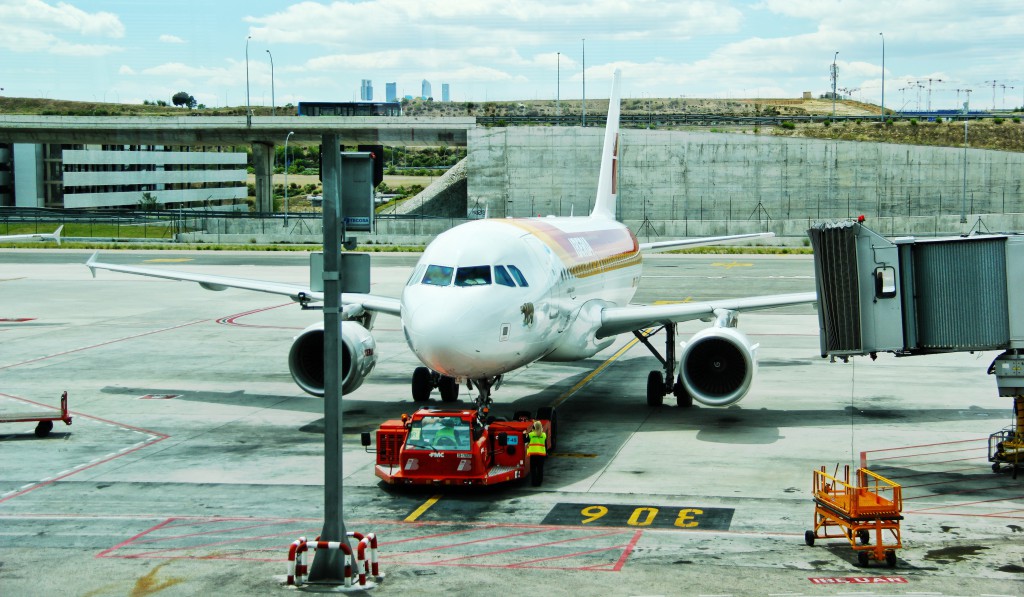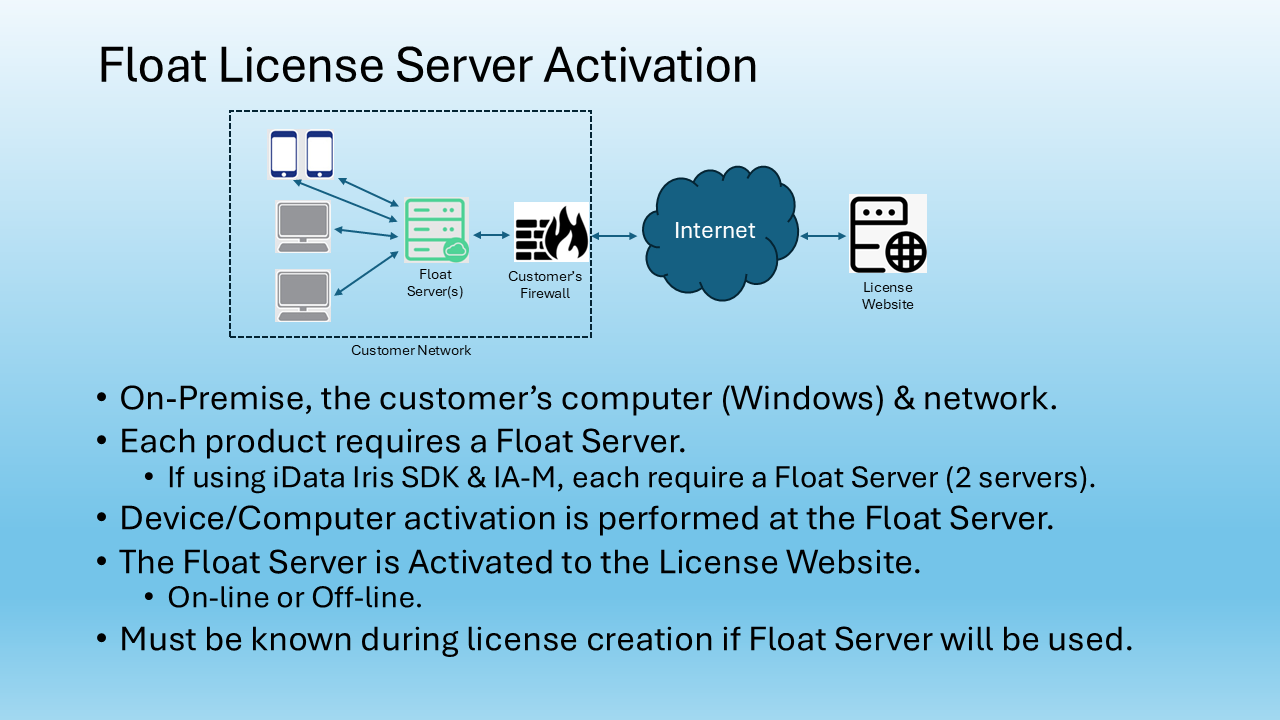Sometimes when we talk about technologies that can vastly improve real life experiences, especially ones that involve futuristic-feeling technology like biometrics, it helps to have real life examples. The promises of biometric border control, particularly in airports, seem almost too good to be true: convenience without the sacrifice of security.
The thing is, these promises are real and out there in the world right now. In fact, biometrics have been making border control easier and more secure for a long time. Here are three different biometric border control deployments that are at work while you read this very article.
Iris Recognition at Hamad International Airport in Doha, Qatar
Hamad International Airport, located in Qatar’s capital of Doha, employs iris recognition technology at its immigration counters, courtesy of Iris ID (formerly LG Iris).
The technology in question is Iris ID’s iCAM D1000, which was first debuted at the Biometric Consortium Conference in 2013 and is the subject of a 130 camera deployment in Hamad International. As an Iris-at-a-Distance technology that can capture biometrics in three to four seconds, the iCAM D1000 is an ideal solution for deployment in any location with high throughput, but Hamad International brings out a hidden strength.
An international airport poses a unique deployment scenario that showcases the universal language of biometric technology. Because an immigration counter has a high rate of incidences in which language barriers can bring processes to a halt, technologies that biometrically identify persons entering Qatar become especially useful.
In at the immigration counters in Doha’s airport, the iCAM is behind a mirror to facilitate convenience with minimal instructions.
“The idea is that we have a mirror, a simple user interface, I look at myself in the mirror and within a couple of seconds it takes a picture of the eyes and the face,” said Mohammed Murad, Iris ID’s vice president of sales, in an interview with FindBiometrics.
“You will see the adoption of this technology in those applications that require very limited instructions provided to the user because you want to process people quickly,” he continued. “People that have just gotten off of a 12-14 hour flight don’t want to spend any more than a couple of minutes at the immigration counter.”
As convenient as iris biometrics make the immigration counter experience in Doha, the technology also makes security accessible too. Installed at this international point of entry to Qatar, the biometric border control solution can quickly identify known individuals that the country would like to keep out.


